Biology
Explore Biology

Dr Daniel Suiter – Dr Brian Forschler | Identifying and Preventing Arthropod Encounters in South-eastern USA Homes
Arthropods – a group of invertebrates that includes insects, spiders, centipedes and woodlice – are everywhere, and have inhabited this planet for millions of years. They are found in most habitats on Earth – including our gardens and homes. It is in these built environments that a small number are considered a nuisance when sharing our ‘sacred space’. An even smaller number damage buildings or belongings, eat our food – even feed on us – so we label them… pests! Successful management of pest populations requires an understanding of their specific lifestyles and their requirements for food, water, shelter, breeding sites, and favourable temperatures. A team of entomologists at the University of Georgia recently published a guidebook of more than 100 arthropods found in and around homes in the South-eastern USA.

Dr Attila Salamon | Dr John Kent – Double-Yolked Eggs: Egg-cellent or Egg-cident?
Eggs are marvellous – they contain all the sustenance needed to make a young bird within their protective shell, and when destined for the plate, they are nutritious and delicious. For many of us, cracking open an egg for breakfast to discover two yolks in the pan is a pleasant surprise. However, if eggs are nature’s miracle of packaging, then double-yolked eggs must be nature’s mistake – a mistake that still holds many mysteries. To answer some persisting questions, Dr Attila Salamon and Dr John Kent of University College Dublin examined our collective knowledge on double-yolked eggs in a recent review.

Dr Kahiu Ngugi | Developing Drought and Weed Resistant Super-Sorghum
Future food security is one of the key global challenges facing society. Climate change presents significant threats to our ability to produce staple food crops – particularly in regions already vulnerable to droughts. Dr Kahiu Ngugi and his research team from the University of Nairobi and other institutions in Kenya investigated numerous varieties of sorghum – one of the world’s most important cereal crops. Their aim was to find new genes that would allow the crop to withstand both drought and a common parasitic weed.

Dr Robert Bryant – Dr Langdon Martin | Reducing the Carbon Footprint of Cattle Farming with Leftover Brewer’s Yeast
Methane is one of the most potent greenhouse gases that contributes to the global climate crisis. As this gas is produced in the digestive systems of cattle, methane represents one of the greatest problems faced by the farming industry. Dr Robert Bryant, Dr Langdon Martin and their team at Warren Wilson College, North Carolina, propose an innovative feed supplement for cattle that helps to significantly reduce methane emissions: waste yeast from craft breweries. If used on a large scale, this new supplement could significantly decrease emissions associated with cattle farming, while also creating a new use for a waste product of the craft beer industry.
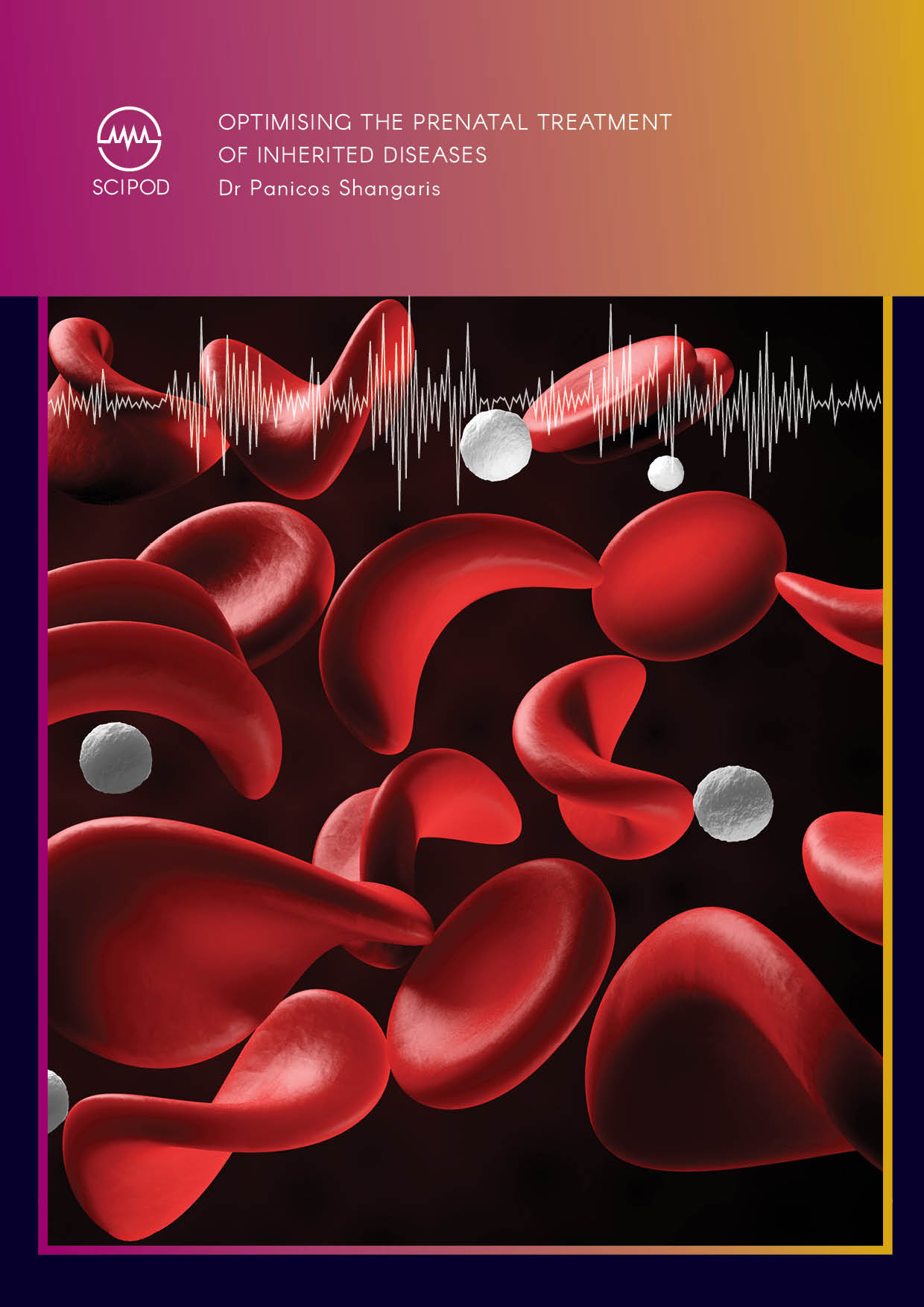
Dr Panicos Shangaris | Optimising the Prenatal Treatment of Inherited Diseases
The greatest challenge for ageing populations is that vaccines can be less protective for the elderly due to the age-related decline of the immune system. This means that improving the efficacy of vaccines in the ageing population is crucial to public health. Dr Lei Jin and colleagues from the University of Florida set out to develop a novel strategy to directly address this key issue.

Professor Olubukola Oluranti Babalola | Improving The Production of Cowpea, a Sustainable Superfood
Cowpea is an extremely versatile food crop. Packed with high-quality protein, it has become a staple legume in many households in Africa, where it is indigenous. Cowpea also cycles nutrients back into the soil, supporting sustainable farming and healthy ecological networks. However, the production of this sustainable crop faces many hurdles, including drought, pesticide use, and declining soil quality. In a recent review, Professor Olubukola Oluranti Babalola of North-West University in South Africa outlines the issues facing cowpea production and highlights potential solutions.
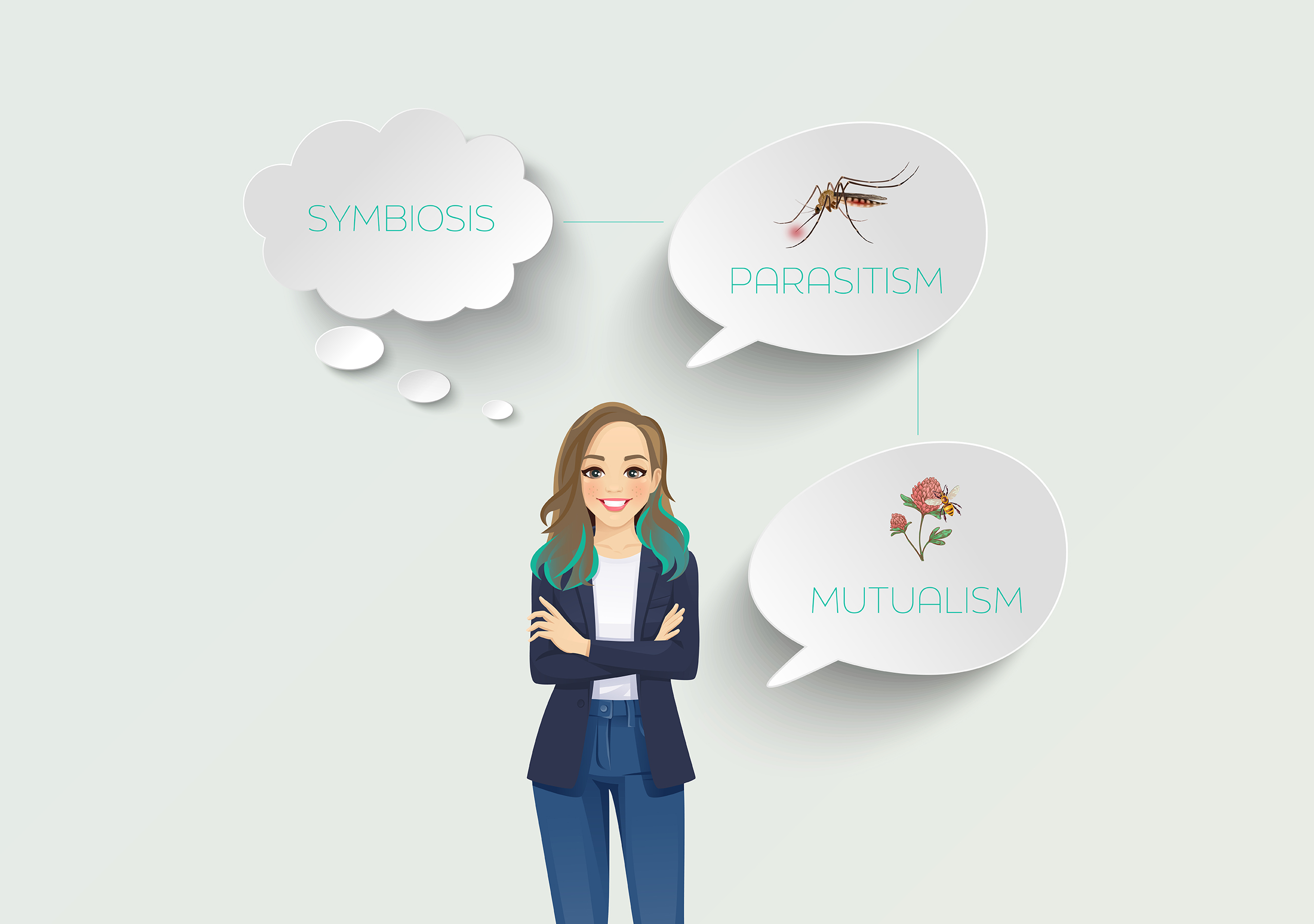
Dr Laura Tipton | Symbiotic Science through a Shared Language
Many scientific concepts are applicable to multiple disciplines and across spatial scales, from the microscopic to the global. As such, scientists from different disciplines must communicate effectively – through a shared scientific language – for effective collaboration and scientific advancement. With this aim, Dr Laura Tipton of Chaminade University and her colleagues from the University of Hawai’i investigate the history of ecological terminology, in order to work towards building a common lexicon that bridges ecology and microbiome science.
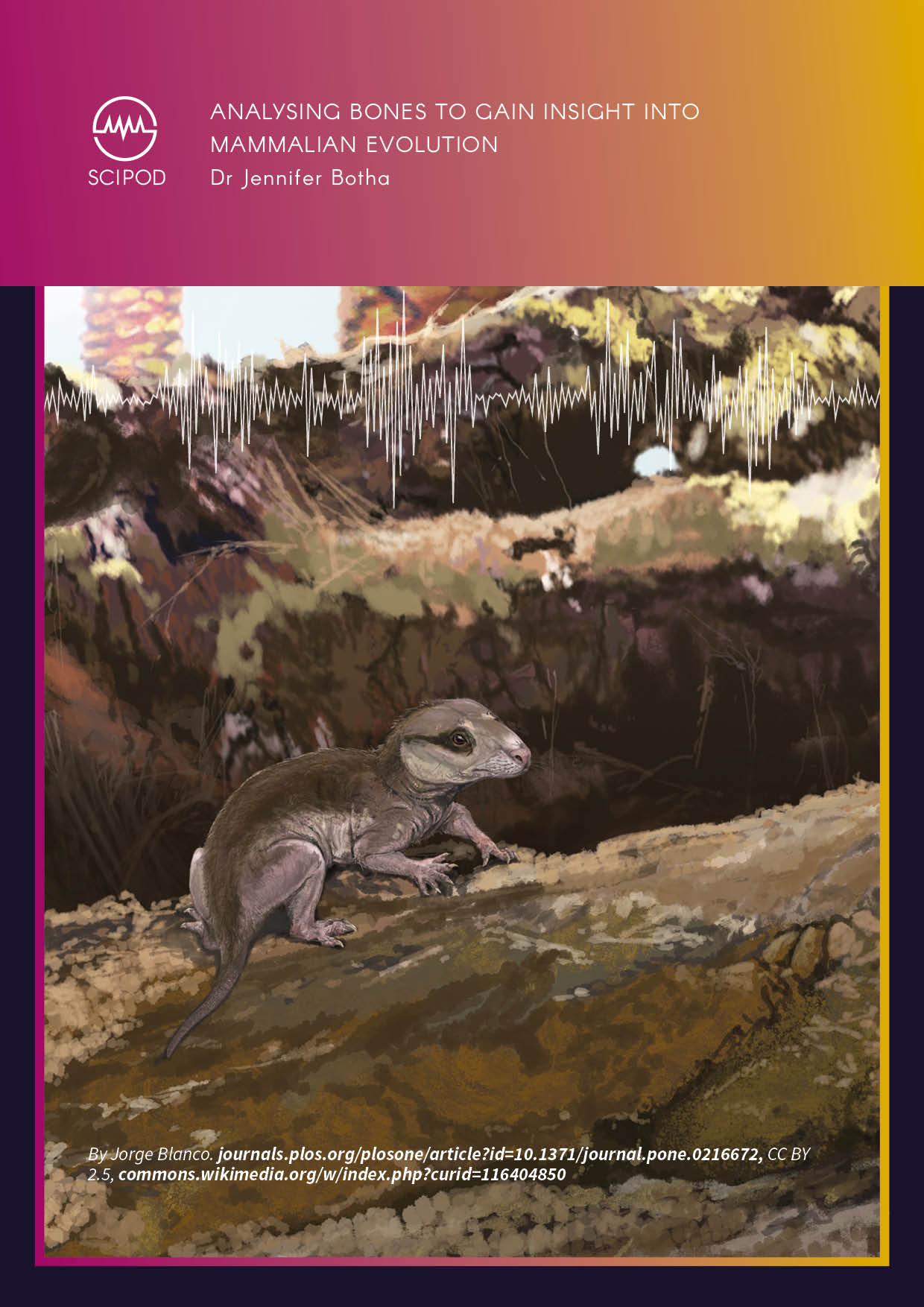
Dr Jennifer Botha – Analysing Bones to Gain Insight into Mammalian Evolution
It may be surprising to know, that you – and all other mammals – are technically cynodonts. The first cynodonts appeared approximately 260 million years ago as small creatures about the size of a house cat. A particular group of cynodonts evolved to become more ‘mammal-like’, eventually evolving into the first true mammals. Dr Jennifer Botha from the National Museum, Bloemfontein in South Africa studies the anatomy and life history of specimens along the cynodont–mammalian transition, to gain key insights into the origins and evolution of mammals.

Dr Zsuzsanna Balogh-Brunstad | Getting to the Root of Plant-Fungi Symbiosis
An ancient relationship between plants and fungi could help us improve forestry and agriculture, while also responding to the challenges posed by climate change. These beneficial fungi, along with their bacteria helpers, help plants to grow bigger and healthier, and survive droughts. An international team of researchers has been investigating how these fungi and bacteria increase mineral availability for Scots pine and red pine seedlings through mineral weathering.

Dr Laura Tipton | Symbiotic Science through a Shared Language
Many scientific concepts are applicable to multiple disciplines and across spatial scales, from the microscopic to the global. As such, scientists from different disciplines must communicate effectively – through a shared scientific language – for effective collaboration and scientific advancement. With this aim, Dr Laura Tipton of Chaminade University and her colleagues from the University of Hawai’i investigate the history of ecological terminology, in order to work towards building a common lexicon that bridges ecology and microbiome science.
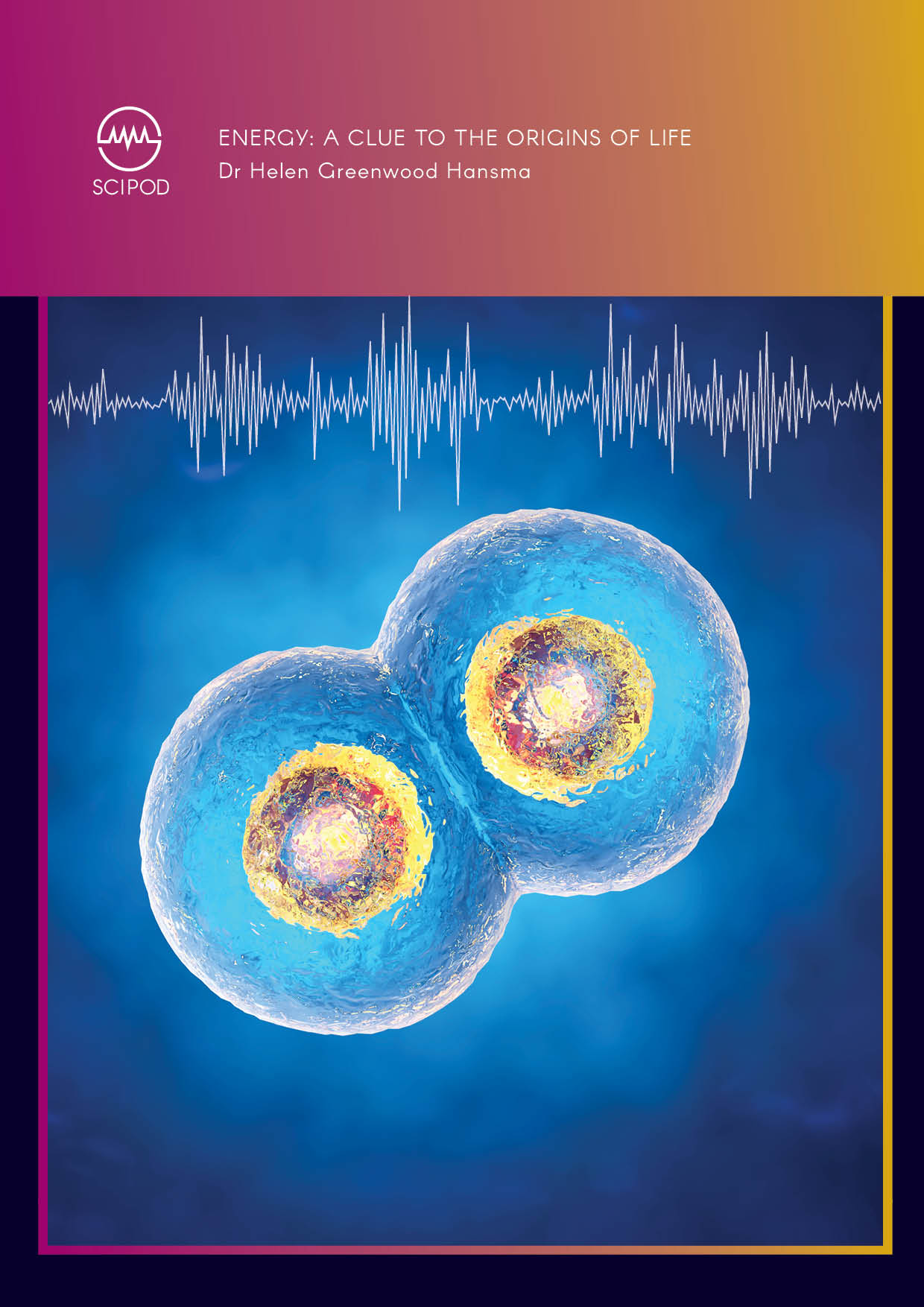
Dr Helen Greenwood Hansma | Energy: A Clue to the Origins of Life
Energy is vital for life. It allows important functions to occur in living systems, from the molecular level to the scale of the whole organism. Dr Helen Greenwood Hansma, from the University of California in Santa Barbara, believes that the types of energy used in living cells can provide clues to help us understand the origins of life. In her recent research, she explores how mechanical energy could have driven the processes that gave rise to early life in the absence of chemical energy.
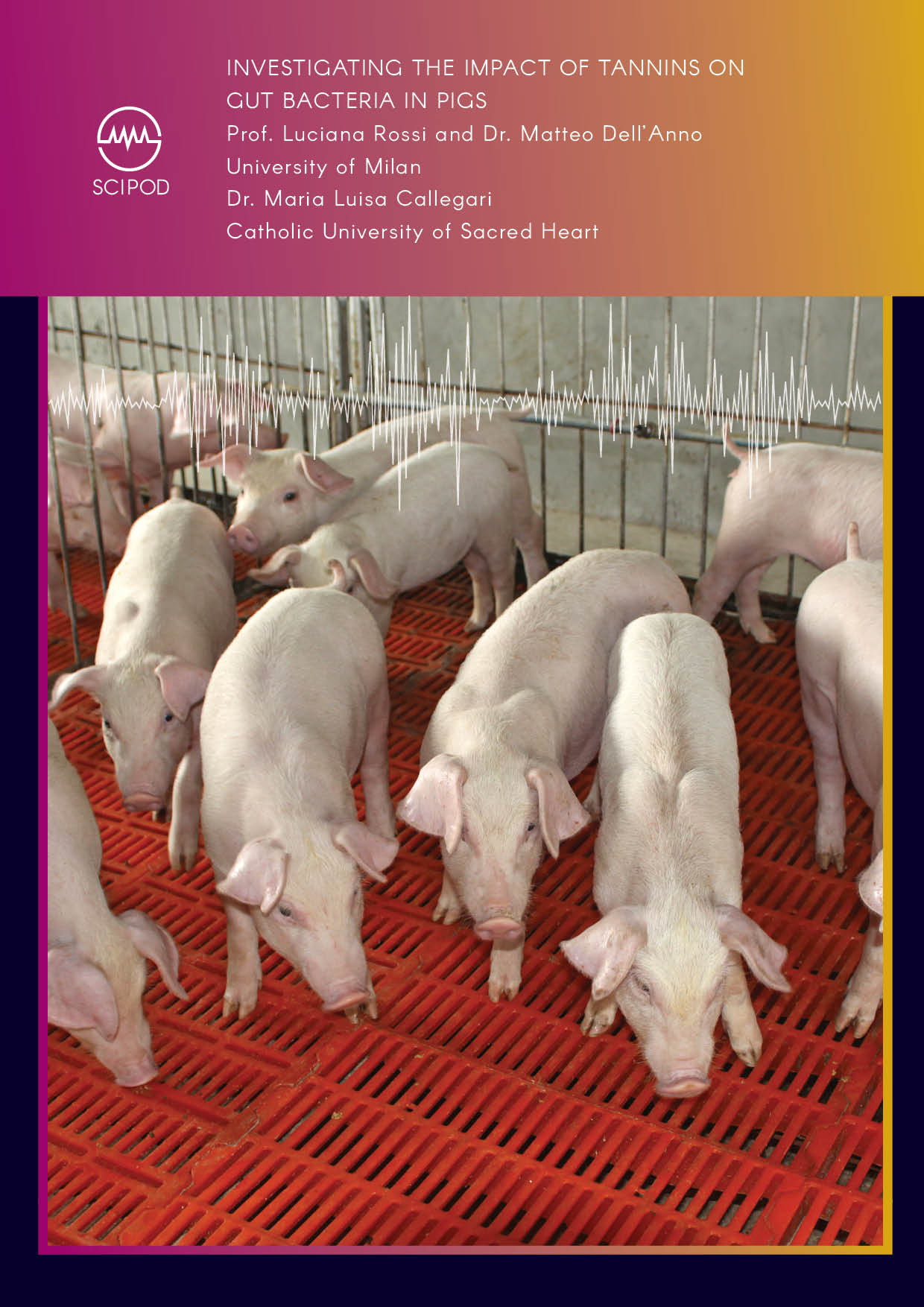
Investigating the Impact of Tannins on Gut Bacteria in Pigs
Weaning is an important time in the pig lifecycle, and changes in diet and environment can lead to unbalanced gut microbiota and pathogen colonisation. Prof. Luciana Rossi, Dr. Matteo Dell’Anno from the University of Milan, and Dr. Maria Luisa Callegari from Catholic University of Sacred Heart, have been investigating the impact on gut bacteria of adding natural compounds known as tannins to piglet food. Importantly, they found that tannins do affect the gut bacteria; with increases seen in bacteria associated with improved growth and gut health, and in particular, those that produce butyrate – a substance with proven health benefits.
Increase The Impact Of Your Research!
Explore partnership opportunities
Unwind without the hassle. Enjoy fresh audiobooks, delivered free!
